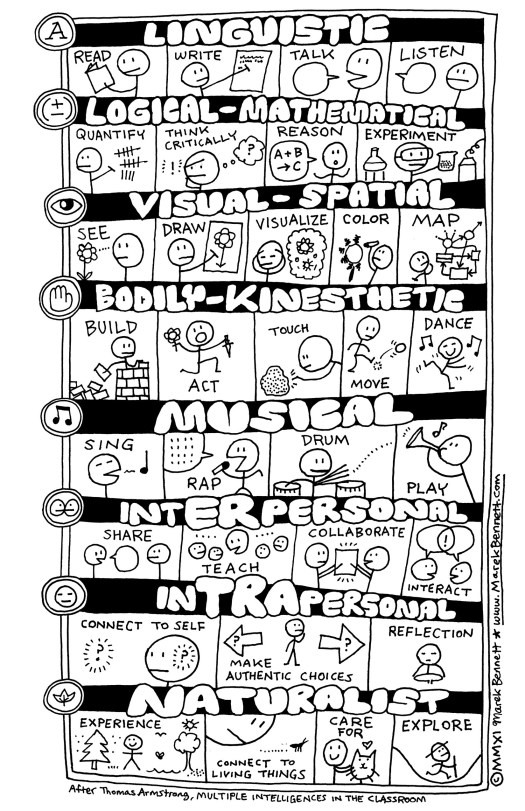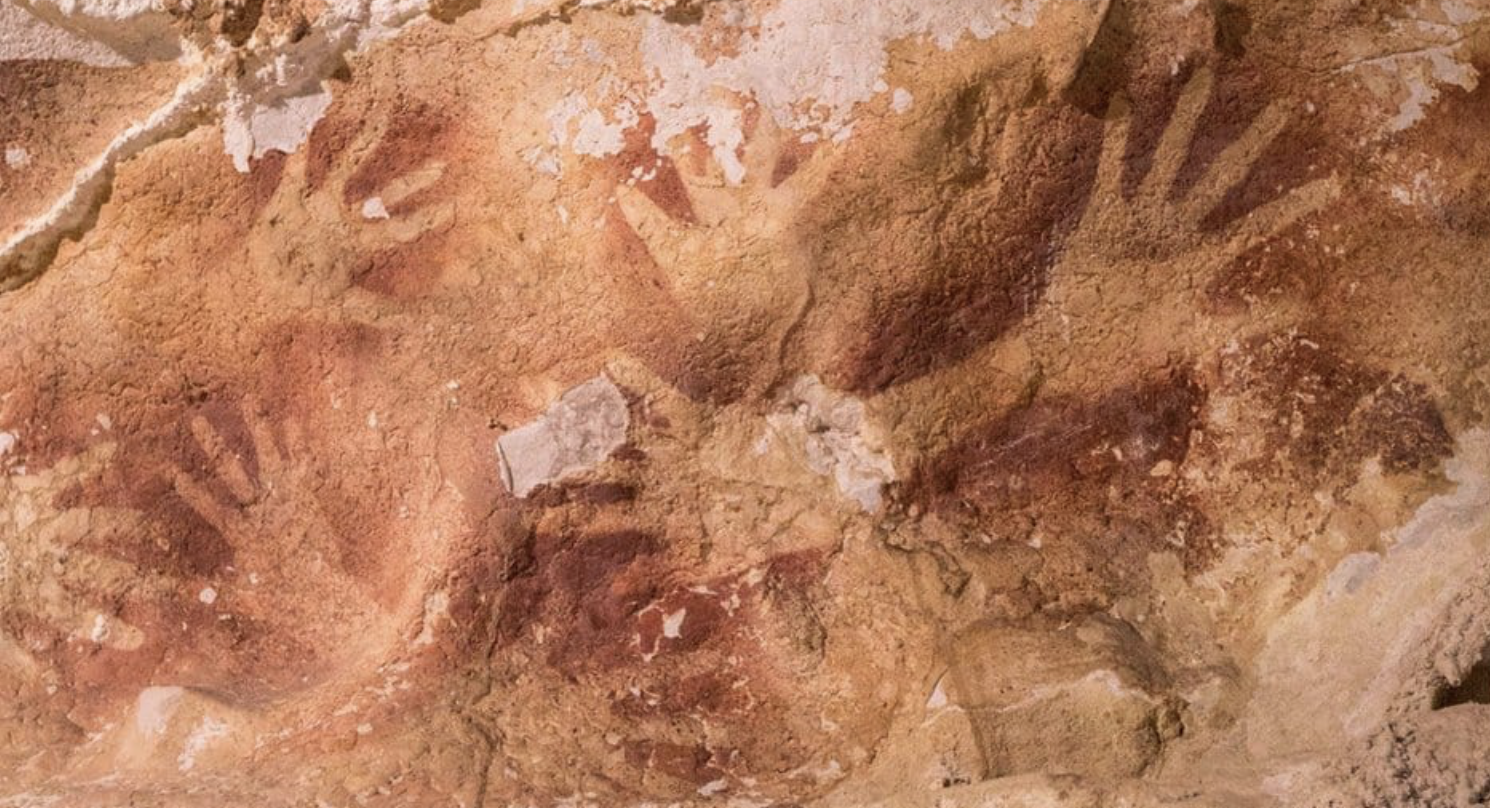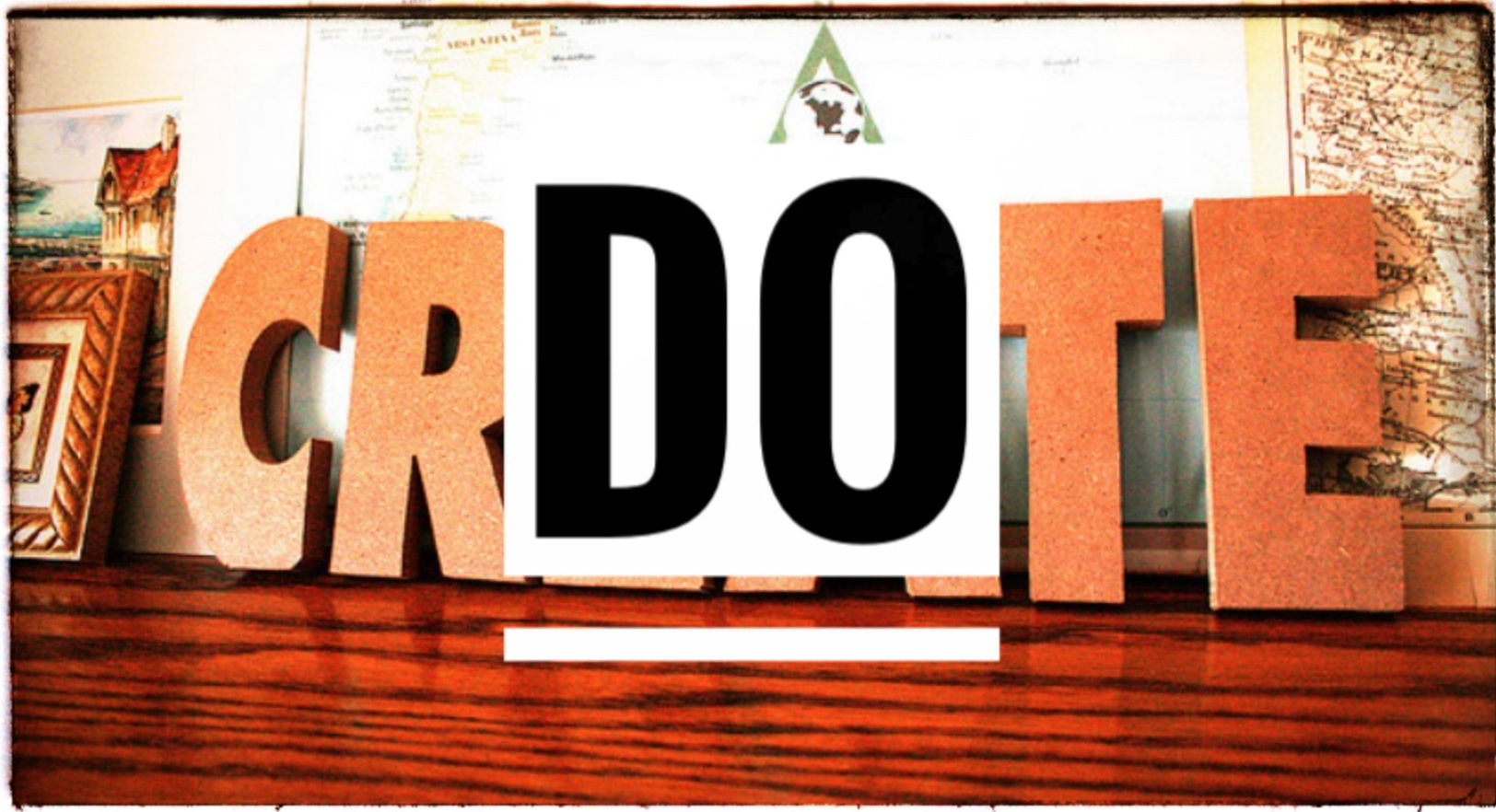Howard Gardner’s Multiple Intelligences in Elementary Arts Education
Howard Gardner’s theory of Multiple Intelligences helps us see that children learn in diverse ways. Arts education is uniquely positioned to honor and develop these intelligences, offering opportunities for all students to shine while connecting learning across subject areas.
1. Linguistic-Verbal Intelligence
Children with strong linguistic-verbal intelligence excel in reading, writing, storytelling, and spoken language. In the arts classroom, these students thrive when they engage in writing scripts, poetry, or artist statements, and when they narrate stories through visual media or dramatic performance. For example, students might create a short play about a historical event, blending research, writing, and performance. This approach not only strengthens literacy skills but also encourages self-expression and critical thinking.
2. Musical-Rhythmic Intelligence
Musically inclined students understand patterns, rhythms, and sound. Arts education connects directly here by incorporating music, rhythm, and sound into lessons. Students can compose songs to explore themes in literature, use rhythmic movement to explore mathematical patterns, or pair visual art with music to enhance emotional storytelling. Integrating music into lessons fosters creativity and supports memory and pattern recognition, bridging the arts with other core subjects.
3. Logical-Mathematical Intelligence
Students strong in logical-mathematical intelligence enjoy problem-solving, patterns, and structured thinking. Arts activities such as creating geometric designs, exploring symmetry, or designing structures connect art with math and science. For instance, building a sculpture that balances weight and proportion teaches physics concepts while also developing spatial and artistic skills. These projects help children see the relationships between reasoning, experimentation, and creativity.
4. Spatial-Visual Intelligence
Spatial learners think in three dimensions and visualize abstract concepts. Arts education nurtures this intelligence through drawing, painting, sculpture, and digital media. Projects like perspective drawing, mural design, or 3D modeling allow students to manipulate space, color, and form. These skills also support architecture, engineering, and map-reading abilities, showing how arts can deepen understanding in STEM fields.
5. Bodily-Kinesthetic Intelligence
Kinesthetic learners excel when movement is part of the learning process. Dance, theater, and hands-on art projects like clay modeling or building installations allow these students to express ideas physically. Performance-based projects or interactive art installations help children translate abstract ideas into tangible experiences, linking movement, creativity, and cognition.
6. Interpersonal Intelligence
Interpersonal intelligence focuses on understanding and interacting with others. Collaborative arts projects such as group murals, ensemble theater, or cooperative design tasks help students develop empathy, communication, and teamwork. By working together on shared artistic goals, children learn to negotiate, listen, and respond to diverse perspectives, building social and emotional skills alongside artistic growth.
7. Intrapersonal Intelligence
Students with intrapersonal intelligence are reflective and self-aware. Arts education supports this through personal art journals, self-portraits, and reflective writing about their creative process. Activities that encourage students to explore their emotions, motivations, and experiences allow them to develop self-knowledge and emotional literacy, fostering resilience and intentionality in learning.
8. Naturalistic Intelligence
Naturalistic learners connect deeply with the environment. Arts lessons that draw inspiration from nature—such as landscape painting, botanical illustration, or using natural materials in sculpture—engage these students meaningfully. Outdoor art projects or environmental art activities also support ecological awareness, curiosity, and interdisciplinary thinking, linking science, observation, and creativity.
| Multiple Intelligence | Definition | Example Art Activities | Cross-Disciplinary Connections |
|---|---|---|---|
| Linguistic-Verbal | Ability to use language effectively in writing and speaking | – Writing scripts or dialogue for plays- Composing artist statements- Storytelling through comics or illustrated narratives | Literacy, social studies, history, creative writing |
| Musical-Rhythmic | Sensitivity to sound, rhythm, tone, and music | – Creating songs to accompany visual art- Using rhythms to explore math patterns- Painting in response to music | Music, math (patterns, fractions), emotional literacy |
| Logical-Mathematical | Logical reasoning, problem-solving, pattern recognition | – Designing geometric or symmetrical art- Building sculptures with balance and proportion- Using coding or patterns in digital art | Math, physics, engineering, computer science |
| Spatial-Visual | Ability to visualize, manipulate, and think in three dimensions | – Perspective drawing or 3D modeling- Mural or collage design- Digital animation projects | Architecture, geography, STEM visualization |
| Bodily-Kinesthetic | Using body and movement to express or solve problems | – Dance interpretations of stories or music- Clay modeling or sculpture- Interactive installations | Physical education, theater, STEM experiments requiring movement |
| Interpersonal | Understanding and interacting effectively with others | – Group murals or collaborative art- Ensemble theater or role play- Peer critiques and feedback sessions | Social studies, civics, collaborative problem-solving |
| Intrapersonal | Self-reflection and emotional awareness | – Art journaling and reflective drawing- Self-portrait projects- Expressive painting about personal experiences | Emotional literacy, mindfulness, social-emotional learning |
| Naturalistic | Connecting with nature and understanding the environment | – Nature-inspired art (leaves, landscapes)- Eco-sculptures using natural materials- Observational drawing of animals or plants | Science, environmental studies, ecology, sustainability |
UPDATE: Please read the latest article by Howard Gardner and consider how this will shift your teaching practice.
https://www.multipleintelligencesoasis.org/the-components-of-mi
Howard Gardner recommends:
1. Individualize your teaching as much as possible. Instead of “one size fits all,” learn as much as you can about each student, and teach each person in ways that they find comfortable and learn effectively. Of course, this is easier to accomplish with smaller classes. But ‘apps’ make it possible to individualize for everyone.2. Pluralize your teaching. Teach important materials in several ways, not just one (e.g. through stories, works of art, diagrams, role play). In this way, you can reach students who learn in different ways. Also, by presenting materials in various ways, you convey what it means to understand something well. If you can only teach in one way, your own understanding is likely to be thin.3. Drop the term “styles.” It will confuse others and it won’t help either you or your students.
Some of the extended or emerging intelligences could also be incorporated into Elementary Arts Education to make your framework even richer:
-
Existential Intelligence
-
Definition: The capacity to contemplate deep questions about life, death, purpose, and existence.
-
Arts Connection: Students can explore big ideas through visual art, theater, or poetry—creating projects that reflect on identity, community, or global issues.
-
Cross-Disciplinary Links: Philosophy, religion, social studies, ethics, and reflective writing.
-
-
Digital/Technological Intelligence (sometimes called Modern/Technological Intelligence)
-
Definition: The ability to understand, manipulate, and create using digital tools and technology.
-
Arts Connection: Creating digital art, animations, coding projects with artistic design, or interactive multimedia presentations.
-
Cross-Disciplinary Links: Computer science, STEM, media literacy, and design thinking.
-
-
Emotional Intelligence (sometimes considered a refinement of interpersonal/intrapersonal)
-
Definition: The ability to perceive, understand, and manage emotions—both one’s own and others’.
-
Arts Connection: Theater, role-playing, mask-making, and expressive arts that help children identify and communicate feelings.
-
Cross-Disciplinary Links: Social-emotional learning, psychology, counseling, and collaborative learning environments.
-
Consider: What kind of learner are you? Record your discovery in your sketchbook with some observations of how you best learn and how this will affect your teaching style.


